Home>Garden Essentials>Garden Storage>Narrow Garden Ideas: 10 Designs To Transform A Long Plot
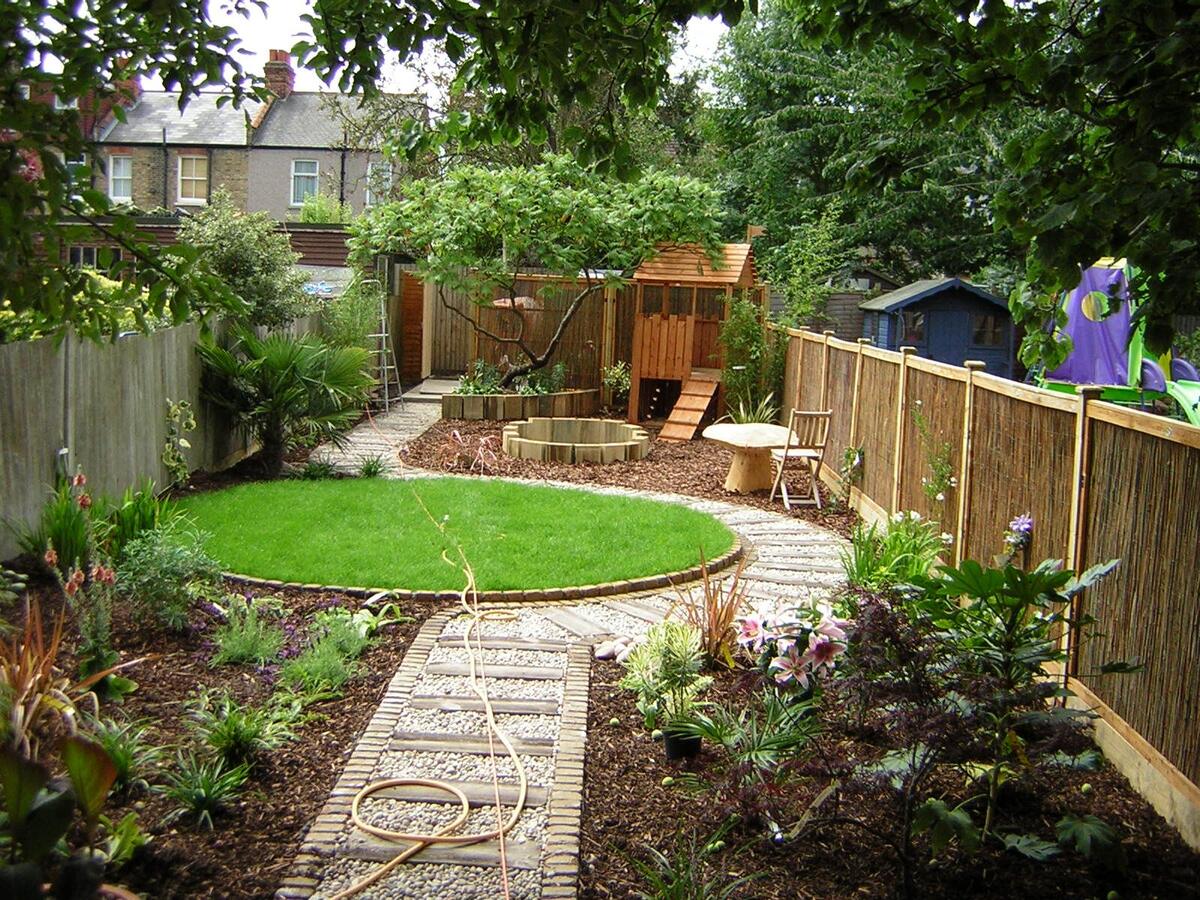

Garden Storage
Narrow Garden Ideas: 10 Designs To Transform A Long Plot
Modified: January 18, 2024
Looking for storage solutions for your narrow garden? Explore 10 innovative designs to optimize space and transform your long plot into a functional and beautiful outdoor retreat.
(Many of the links in this article redirect to a specific reviewed product. Your purchase of these products through affiliate links helps to generate commission for Storables.com, at no extra cost. Learn more)
Introduction
When it comes to designing a garden, having a narrow plot can present a unique challenge. However, with the right planning and creativity, you can transform your long and narrow garden into a stunning outdoor space. Whether you have a small courtyard or a stretch of land alongside your house, there are plenty of narrow garden ideas that can maximize the potential of your space.
In this article, we will explore ten designs that can help you make the most of your narrow garden. From creating a cozy courtyard oasis to designing a vertical herb garden wall, each idea offers its own unique charm and functionality. With these inspirations, you can turn your narrow garden into a beautiful and functional outdoor retreat.
Ready to get started? Let’s dive into these narrow garden designs and discover the potential within your long plot.
Key Takeaways:
- Transform your narrow garden into a stunning oasis with cozy courtyard designs, vertical gardening, and raised bed planters. Maximize space and create a serene retreat with water features and lush greenery.
- Embrace the charm of a cottage-style garden or create a functional herb garden wall. Infuse your narrow space with your unique style and care for your garden to unlock its full potential.
Courtyard Oasis
Transform your narrow garden into a tranquil courtyard oasis where you can relax and unwind. One key element of a courtyard oasis is creating a cozy seating area. Choose comfortable outdoor furniture such as lounge chairs, benches, or even a stylish hammock. Arrange the furniture in a way that maximizes the available space and creates a cozy nook where you can enjoy your garden.
Next, add greenery and plants to bring life and beauty to your courtyard. Opt for plants that thrive in containers or small spaces, such as potted plants, hanging baskets, or vertical garden walls. Choose a mix of flowers, shrubs, and ornamental grasses to create visual interest and a vibrant atmosphere.
In addition to plants, consider installing a water feature to add a soothing element to your courtyard oasis. A small outdoor fountain or a pond can provide the calming sound of flowing water and create a serene ambiance. The gentle trickle of water can help mask surrounding noise and create a peaceful retreat within your narrow garden.
By combining a cozy seating area, lush greenery, and a water feature, you can create a courtyard oasis that invites relaxation and tranquility. This design adds a touch of luxury and serenity to your narrow garden, making it the perfect place to unwind after a long day.
Vertical Gardening
When working with a narrow garden, vertical gardening is a fantastic way to maximize space and create a stunning display of plants. By utilizing walls and fences, you can transform a plain surface into a vertical garden.
One popular technique for vertical gardening is creating a living wall. This involves attaching plant containers or pockets directly to a wall or fence, allowing plants to grow vertically. Choose plants that are suitable for vertical growth, such as trailing ivy, vibrant succulents, or cascading flowers. A living wall not only adds beauty to your narrow garden but also provides additional insulation for your outdoor space.
In addition to living walls, consider using hanging baskets and trellises to add vertical elements to your garden. Hang baskets from sturdy hooks or beams, and fill them with colorful blooming flowers or trailing vines. Trellises can be used to support climbing plants, creating a lush and verdant backdrop for your narrow garden.
Vertical gardening not only saves space but also adds visual interest and depth to your garden design. By optimizing your vertical space, you can have a thriving garden even in the smallest of spaces.
Raised Bed Gardens
Raised bed gardens are an excellent option for narrow spaces, as they offer a controlled and organized growing environment. Building raised bed planters allows you to maximize your planting area while creating a visually appealing garden design.
To build raised bed planters, start by determining the size and shape that suits your space. You can use materials such as wood, bricks, or even recycled materials to construct the raised beds. Make sure to provide proper drainage by lining the base of the beds with gravel or a layer of loose soil.
When selecting plants for a narrow space, choose those that are well-suited to limited areas. Opt for compact varieties that don’t spread too much and take up excessive space. Herbs, lettuces, and small vegetables like cherry tomatoes or dwarf peppers are excellent choices for narrow raised beds.
Additionally, incorporate vertical elements into your raised bed garden design to further maximize space. Use trellises or a sturdy frame to support climbing plants such as beans, peas, or cucumbers. This vertical growth not only takes advantage of the vertical space but also adds visual interest and texture to your garden.
With raised bed gardens, you can create a productive and visually appealing space even in a narrow garden. The elevated beds provide better soil drainage and a tidy aesthetic, while the careful selection of plants ensures efficient use of space.
Narrow Pathways
Designing narrow pathways in your narrow garden not only adds functionality but also creates a sense of structure and flow. Here are some ideas for creating visually appealing and easy-to-navigate pathways:
To begin, consider the layout and design of your pathway. Determine the best route through your garden, taking into account any existing features or focal points. Narrow pathways can be meandering to create a sense of discovery or straight to optimize space.
When it comes to materials for pathways, there are various options to choose from. For a natural and rustic look, gravel or wood chips can create a charming pathway that blends seamlessly with the surrounding greenery. Stone or brick pavers offer a more formal and refined aesthetic. Whichever material you choose, ensure it is durable and suitable for outdoor use.
Add lighting along your narrow pathways to create a magical effect, especially for evening or nighttime enjoyment. Solar-powered path lights or LED light fixtures can be installed along the edges of the pathway to provide both safety and ambiance. This not only guides visitors through your garden but also highlights the pathway, allowing for an enchanting stroll.
By designing narrow pathways in your narrow garden, you create a practical and visually appealing feature. Incorporating the right materials and adding lighting ensures functionality and enhances the overall atmosphere of your garden, making it a delightful space to explore.
Pergola Retreat
A pergola retreat can transform your narrow garden into a private and inviting outdoor sanctuary. Here’s how you can create a cozy retreat:
Start by constructing a pergola to provide shade and privacy. A pergola is a structure consisting of vertical pillars and crossbeams, creating a partially covered area. Choose materials such as wood or metal that complement your garden aesthetic. Place the pergola strategically in your narrow garden, whether near the house or as a standalone structure.
After constructing the pergola, decorate the area with outdoor furniture and accessories. Opt for comfortable seating such as lounge chairs, a dining set, or a cozy daybed. Add cushions, throw pillows, and outdoor rugs to create a cozy and inviting atmosphere. Consider adding a small side table or ottoman for convenience.
Enhance the natural ambiance of your pergola retreat by adding climbing plants. Install trellises on the sides and/or roof of the pergola and choose climbers such as jasmine, wisteria, or passionflower. These plants not only add beauty and greenery to your retreat but also create a sense of tranquility and seclusion.
With a pergola retreat, you can enjoy a peaceful and private space in your narrow garden. The construction of the pergola provides shade and privacy, while the addition of furniture, accessories, and climbing plants creates a cozy and inviting atmosphere for relaxation and entertainment.
Consider creating different zones within the narrow garden, such as a seating area, a dining area, and a green space. This will help to maximize the use of the space and create a sense of variety and interest.
Compact Veggie Patch
Even in a narrow garden, you can still grow your own fresh produce by creating a compact veggie patch. Here are some ideas for maximizing space:
Start by determining the best location for your veggie patch. Choose an area that receives ample sunlight throughout the day. If space is limited, consider using raised beds or containers to optimize space and make maintenance easier.
Utilize containers and pots for versatile planting. Select a variety of vegetables that adapt well to container gardening, such as tomatoes, salad greens, peppers, and herbs. This allows you to arrange and rearrange your plants according to your needs and available space. Hanging planters or vertical wall-mounted containers can also be used to maximize vertical space.
Add trellises or supports to your compact veggie patch to accommodate vine plants. For example, grow cucumber or squash plants vertically by training them to climb trellises. This not only saves ground space but also creates an interesting visual element in your garden.
Proper spacing and organization are crucial for a compact veggie patch. Follow planting guides and consider companion planting techniques to make the most of limited space. Grouping companion plants together can promote growth, increase yield, and deter pests.
With a compact veggie patch, you can enjoy the satisfaction of growing your own fresh produce even in a narrow garden. By maximizing space, utilizing containers, and incorporating vertical gardening techniques, you can create a thriving and productive veggie patch that brings delicious and nutritious food to your table.
Zen Garden
Create a calming and tranquil atmosphere in your narrow garden with a Zen garden design. Here’s how to achieve a peaceful sanctuary:
Start by creating a sense of serenity by incorporating elements of water and rocks. Add a small water feature, such as a mini pond or a flowing fountain, to introduce the soothing sound of water. Combine it with carefully placed rocks or pebbles to emulate the balance and harmony found in natural landscapes.
Designate a specific area for meditation and relaxation within your Zen garden. This can be a secluded corner or a small platform where you can place a comfortable meditation mat or cushion. Surround this area with plants and flowers known for their calming and aromatic qualities, such as lavender, chamomile, or jasmine.
In addition to the meditation area, create seating spots throughout your Zen garden. These can be simple benches, hammocks, or even traditional Japanese-style seating areas with tatami mats. These seating spots allow you to take a moment to pause, reflect, and enjoy the peacefulness of your garden.
Remember to maintain a sense of simplicity and minimalism in your Zen garden design. Keep the space clutter-free and choose a color palette that is soothing and calming, such as earth tones or shades of green. Avoid excessive ornamentation and opt for a more natural and understated aesthetic.
A Zen garden in your narrow space can provide a peaceful retreat from the everyday hustle and bustle. By incorporating elements of water and rocks, creating meditation areas, and adding comfortable seating spots, you can transform your narrow garden into a serene and harmonious oasis.
Balcony Garden
Turn your small balcony into a lush green oasis with a balcony garden design. Here’s how to transform your space:
Start by assessing the available space and determining how much sunlight your balcony receives. This will help you select the appropriate plants for your balcony garden. Choose plants that are suitable for containers and can thrive in limited sunlight, such as herbs, succulents, or flowering plants.
Utilize hanging planters and vertical gardening techniques to maximize space. Hang planters from railings or hooks, and fill them with trailing plants or vibrant flowers. You can also install a vertical plant wall or a trellis to support climbing plants, creating a vertical garden display.
Consider the size and weight of your containers to ensure they are suitable for your balcony. Opt for lightweight and durable containers that won’t overwhelm the space. Use different-sized containers to add depth and visual interest to your balcony garden design.
When selecting plants, choose those that thrive in containers and have a compact or trailing growth habit. This allows you to make the most of your limited space. Some popular choices for balcony gardens include herbs like basil and mint, colorful annual flowers like petunias or geraniums, or even small fruit trees like dwarf citrus varieties.
Incorporate seating and relaxation areas in your balcony garden. Choose furniture that is suitable for small spaces, such as folding chairs or a bistro set. Create a cozy ambiance with outdoor cushions, throws, and lanterns to enhance your outdoor living experience.
With a well-planned balcony garden, you can transform your small space into a refreshing green oasis. By utilizing hanging planters and vertical gardening techniques, choosing plants suitable for containers, and creating a cozy seating area, you can enjoy the beauty of nature right on your balcony.
Cottage-style Garden
Create a romantic and charming garden design with a cottage-style garden. Here’s how to achieve a whimsical and inviting atmosphere:
Start by designing a layout that emulates the cozy and rustic feel of a cottage garden. Incorporate winding pathways and small secluded areas where you can sit and enjoy the beauty of your garden.
Incorporate fragrant flowers and climbers into your cottage-style garden to add delightful scents and create a whimsical ambiance. Choose flowers like roses, lavender, or jasmine, which not only provide beautiful blooms but also fill the air with their sweet fragrance. Train climbers such as clematis or sweet pea to climb trellises or arches, adding an enchanting touch to your garden design.
Add vintage-inspired outdoor furniture and decor to enhance the cottage theme. Look for wrought-iron chairs and tables, old-fashioned plant stands, and antique garden ornaments. This will create a nostalgic and charming atmosphere, reminiscent of a bygone era.
Choose a color palette that reflects the cottage garden theme, with soft pastel hues and vibrant pops of color. Blues, pinks, purples, and creamy whites work well together to create a romantic and inviting ambiance. Incorporate these colors through flowers, outdoor cushions, and other decorative elements.
Lastly, consider incorporating elements of whimsy and surprise into your cottage-style garden. Install bird feeders or birdhouses to attract colorful birds, add a small fountain or birdbath for a touch of serenity, or hang wind chimes to create soothing sounds in the breeze. These little touches will add a magical and playful element to your garden.
With a cottage-style garden, you can create a romantic and charming outdoor space that evokes a sense of nostalgia and beauty. By incorporating fragrant flowers, vintage-inspired furniture, and whimsical touches, you’ll have a garden that feels like a serene getaway.
Herb Garden Wall
Create a functional and visually appealing herb garden with a vertical herb garden wall. Here’s how to design and enjoy this unique garden feature:
Design your vertical herb garden by utilizing pockets or shelves for planting herbs. Hang a fabric or felt wall planter with multiple pockets or install floating shelves to accommodate your herb plants. This vertical setup not only saves space but also creates an eye-catching display.
Choose a variety of culinary herbs that can be used in your cooking as well as herbs with ornamental value. Some popular choices include basil, thyme, rosemary, mint, and parsley. Ensure that the herbs you select have similar light and moisture requirements to ensure they thrive in the vertical garden.
Before planting, consider the growing conditions of your herb garden wall. Most herbs prefer well-draining soil, so it’s important to use a potting mix specifically formulated for herbs. Ensure that the pockets or shelves have proper drainage to prevent waterlogged soil.
Incorporate herbs for both culinary and ornamental purposes to add visual interest to your vertical garden. Opt for herbs with different leaf textures, colors, and heights to create a visually appealing arrangement. For example, tall and bushy rosemary next to delicate trailing thyme can add depth and variety to the herb garden wall.
As your herbs grow, regularly harvest them for culinary purposes to enjoy their fresh flavors. This will also encourage the herbs to continue producing and maintain their attractive appearance in the vertical garden.
A vertical herb garden wall not only provides a convenient way to grow herbs but also serves as a beautiful and aromatic feature in your garden. By designing a vertical setup, using pockets or shelves, and incorporating herbs for both culinary and ornamental purposes, you can create a stunning and practical herb garden that adds both flavor and visual appeal to your space.
Conclusion
Your narrow garden holds immense potential to become a captivating and functional outdoor space. By implementing the various design ideas discussed in this article, you can transform your long and narrow plot into a truly remarkable oasis.
From creating a cozy courtyard oasis to designing a vertical herb garden wall, each design idea offers its own unique charm and functionality. Whether you have a small balcony, a narrow path, or a courtyard, there are plenty of options to maximize your space and create a stunning garden.
Remember to consider the specific needs and limitations of your narrow garden when selecting plants and materials. Utilize techniques such as vertical gardening, raised beds, and hanging planters to optimize space and introduce lush greenery. Incorporate elements of water, rocks, and lighting to create ambiance and add a touch of magic.
Additionally, infuse your narrow garden with your own personal style and preferences. Whether it’s a Zen garden for relaxation, a cottage-style garden for romance, or a compact veggie patch for fresh produce, tailor your design to reflect your unique vision and taste.
Lastly, don’t forget to maintain and care for your narrow garden. Regular pruning, watering, and fertilizing will ensure the health and vibrancy of your plants, allowing your garden to flourish throughout the seasons.
In conclusion, with a little creativity and strategic planning, your narrow garden can become a remarkable outdoor space that brings joy, relaxation, and beauty to your everyday life. Embrace the uniqueness of your long plot and unlock its full potential through these inspiring design ideas.
Frequently Asked Questions about Narrow Garden Ideas: 10 Designs To Transform A Long Plot
Was this page helpful?
At Storables.com, we guarantee accurate and reliable information. Our content, validated by Expert Board Contributors, is crafted following stringent Editorial Policies. We're committed to providing you with well-researched, expert-backed insights for all your informational needs.
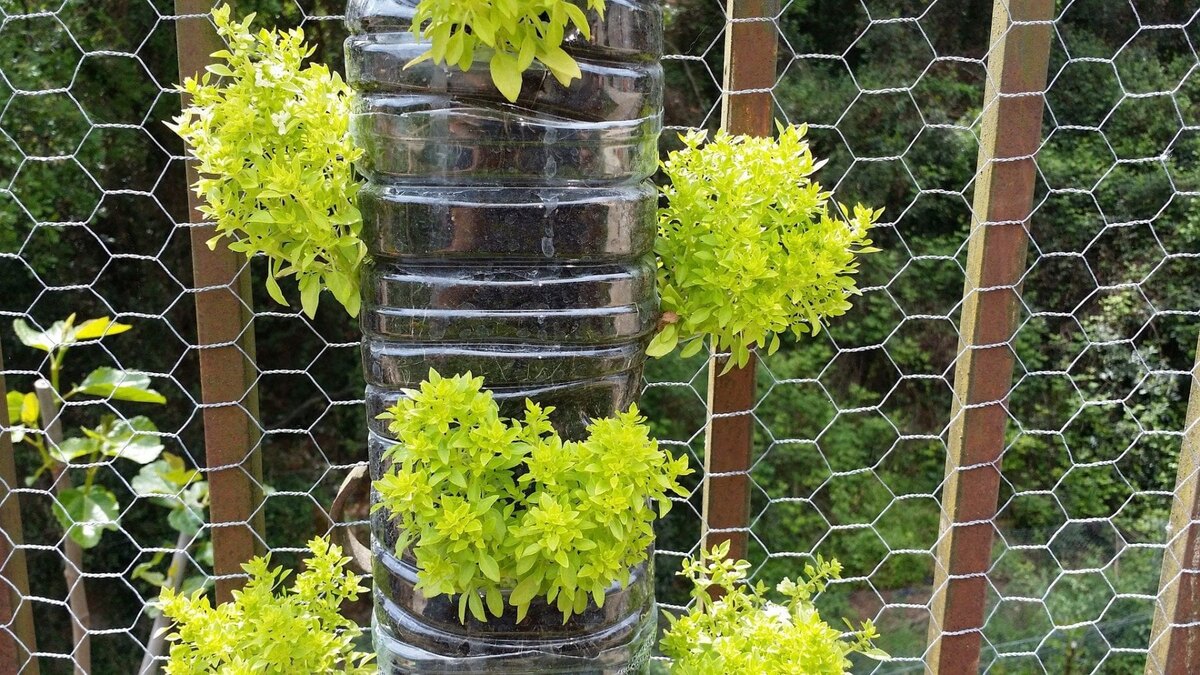
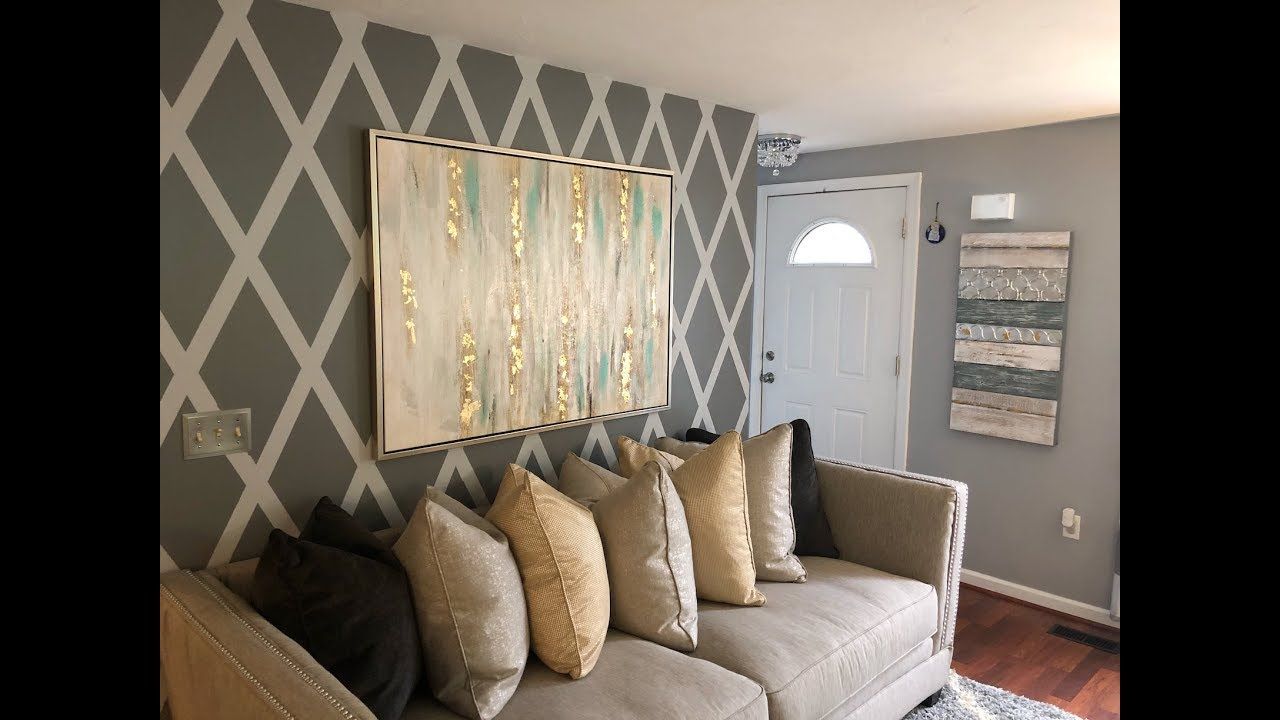
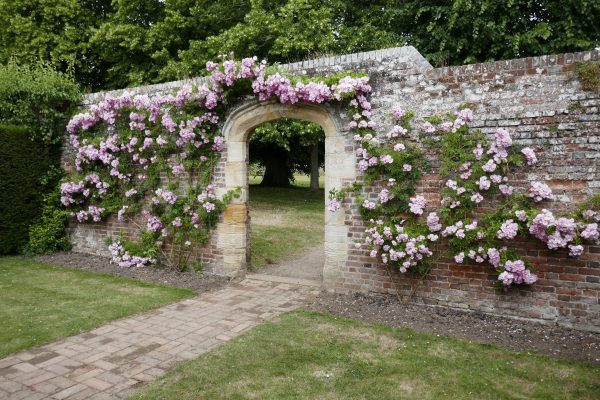
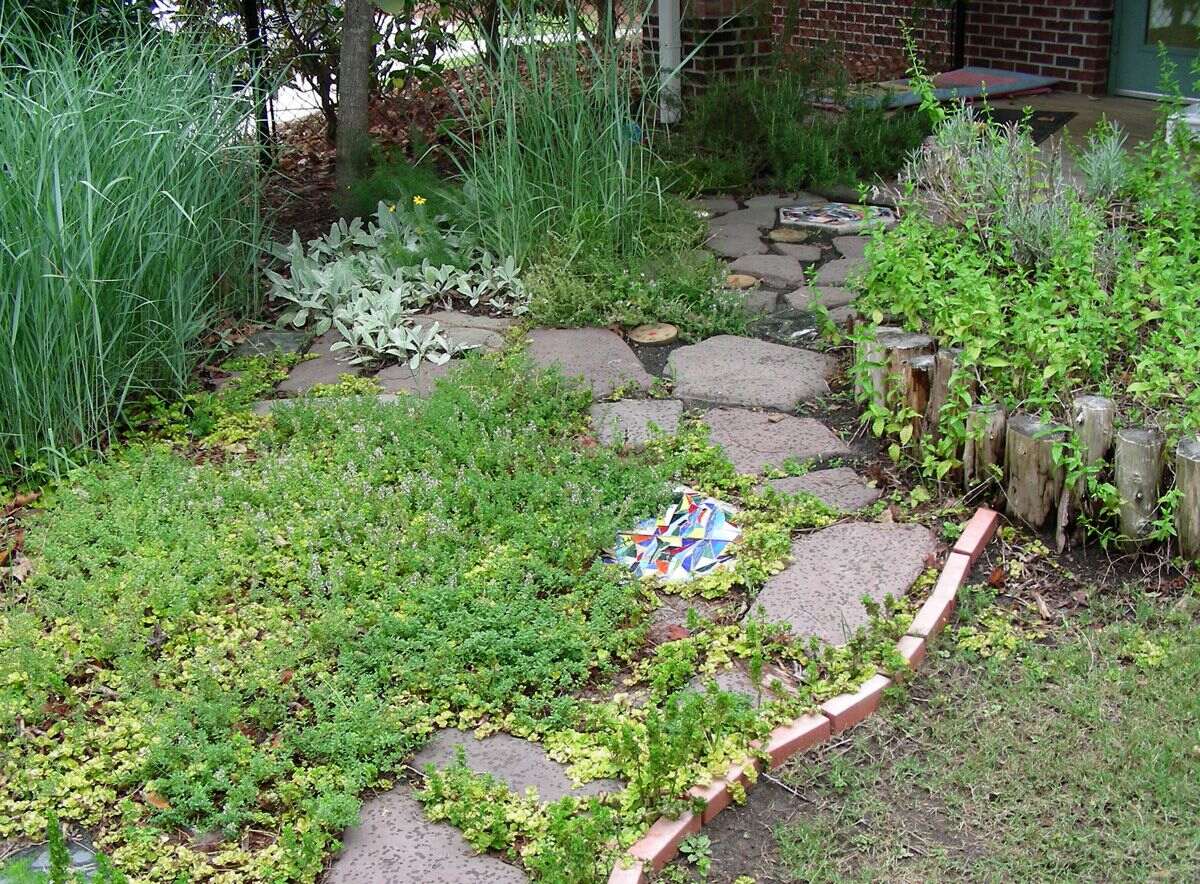
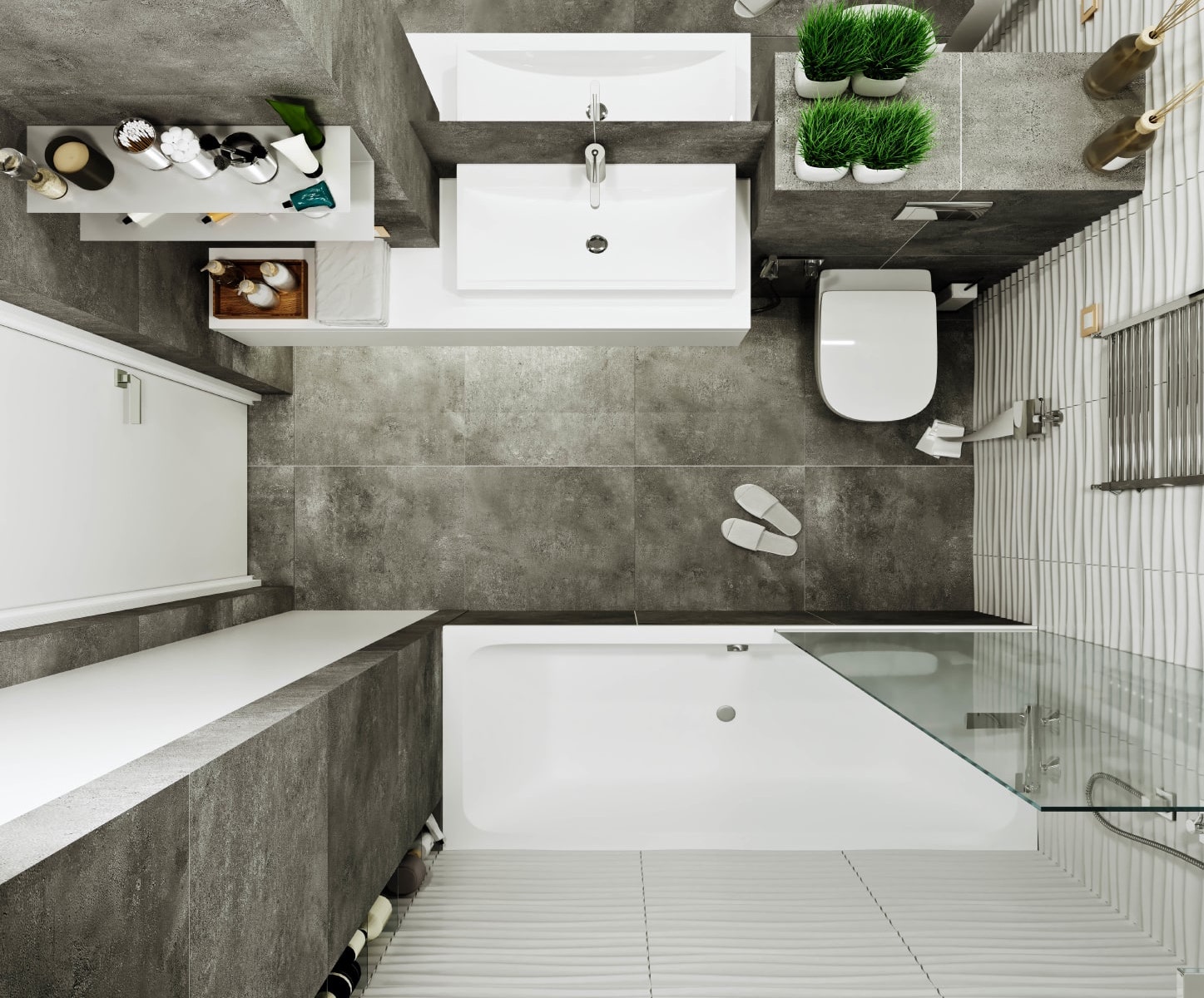
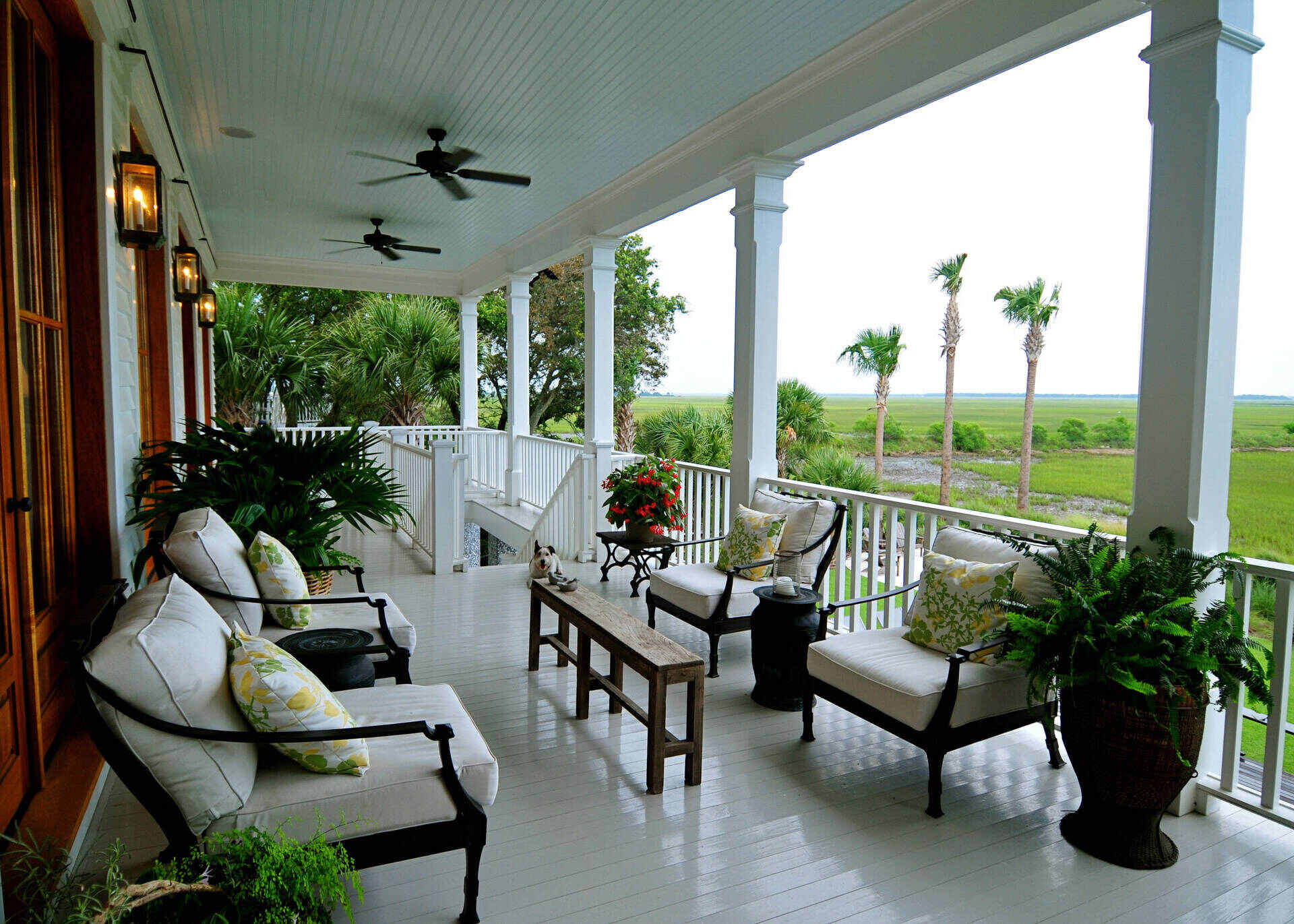
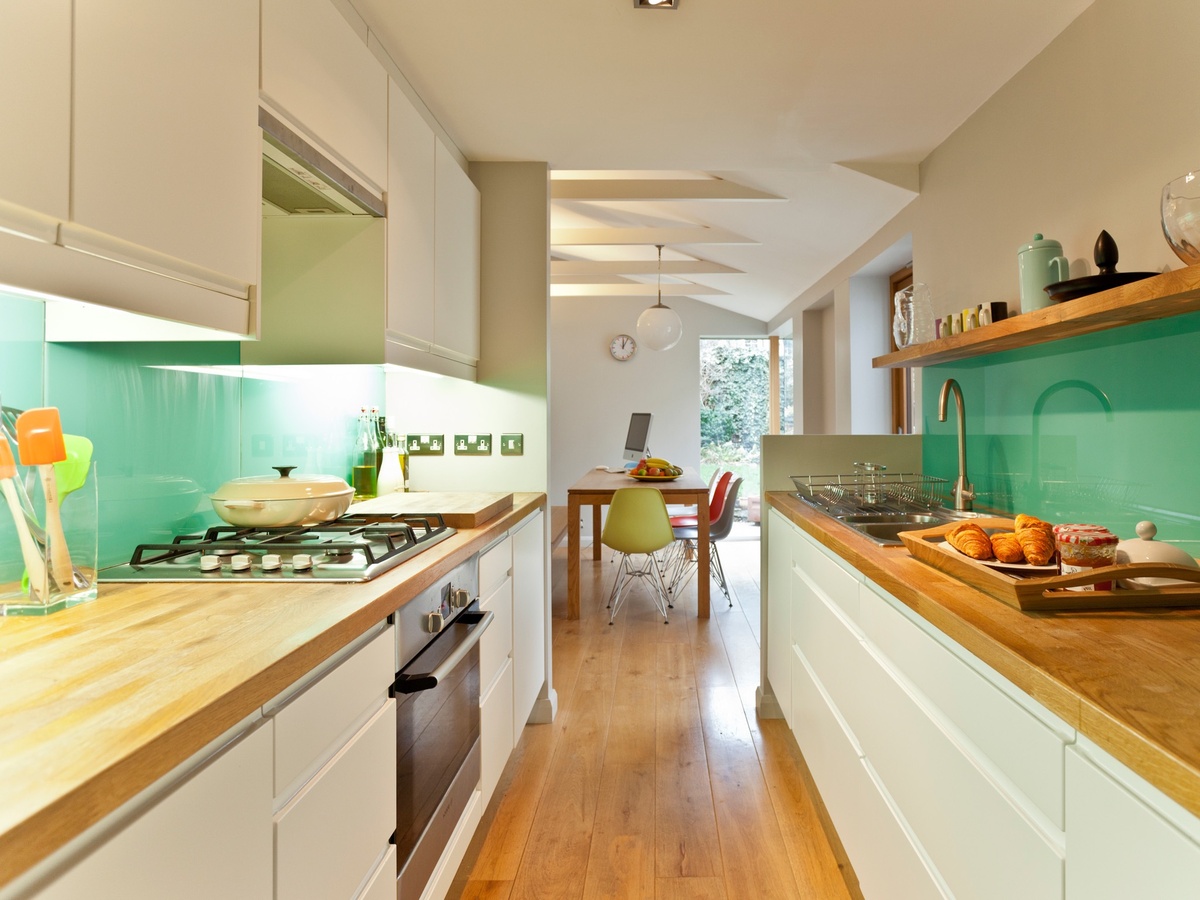
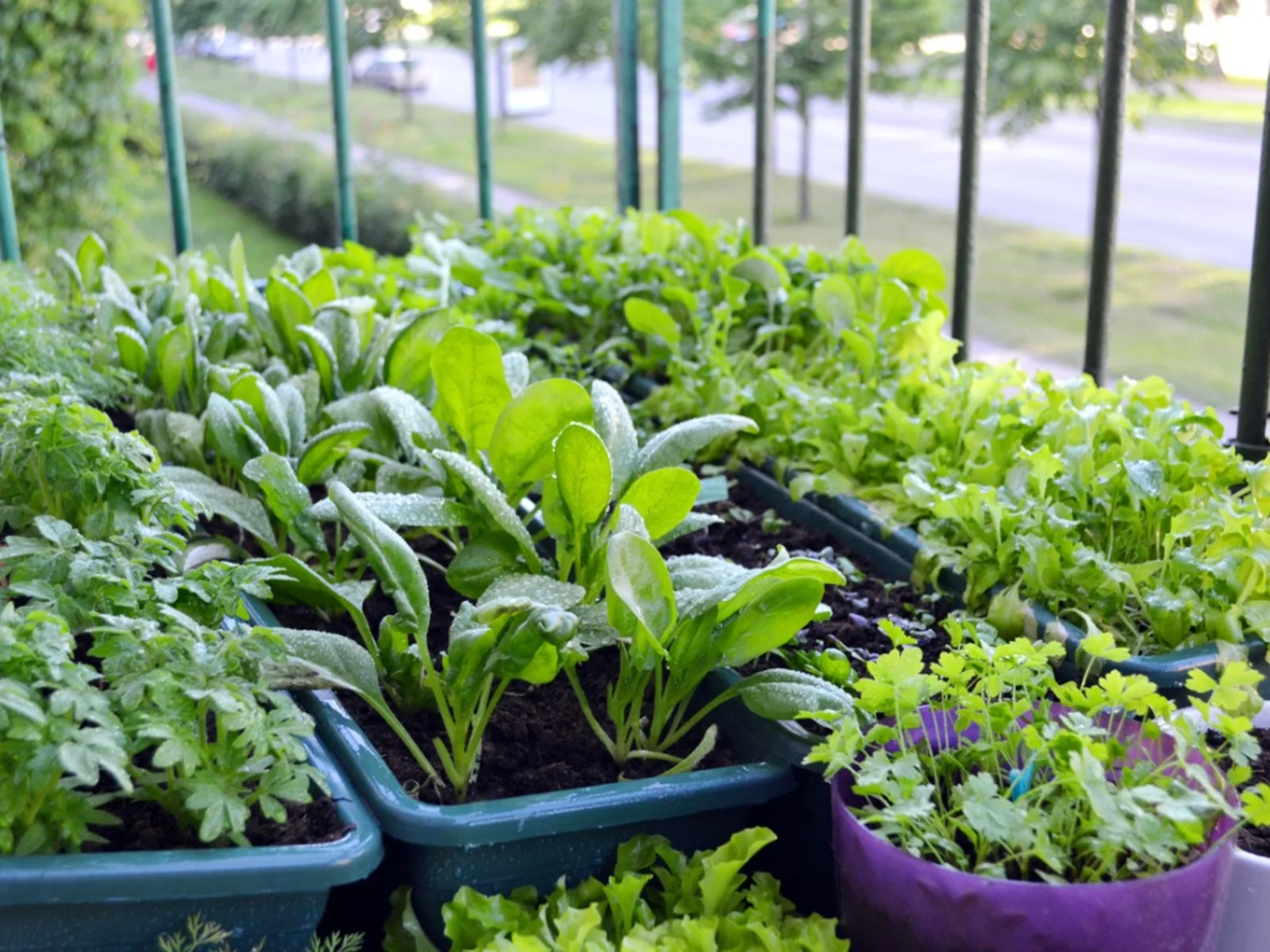
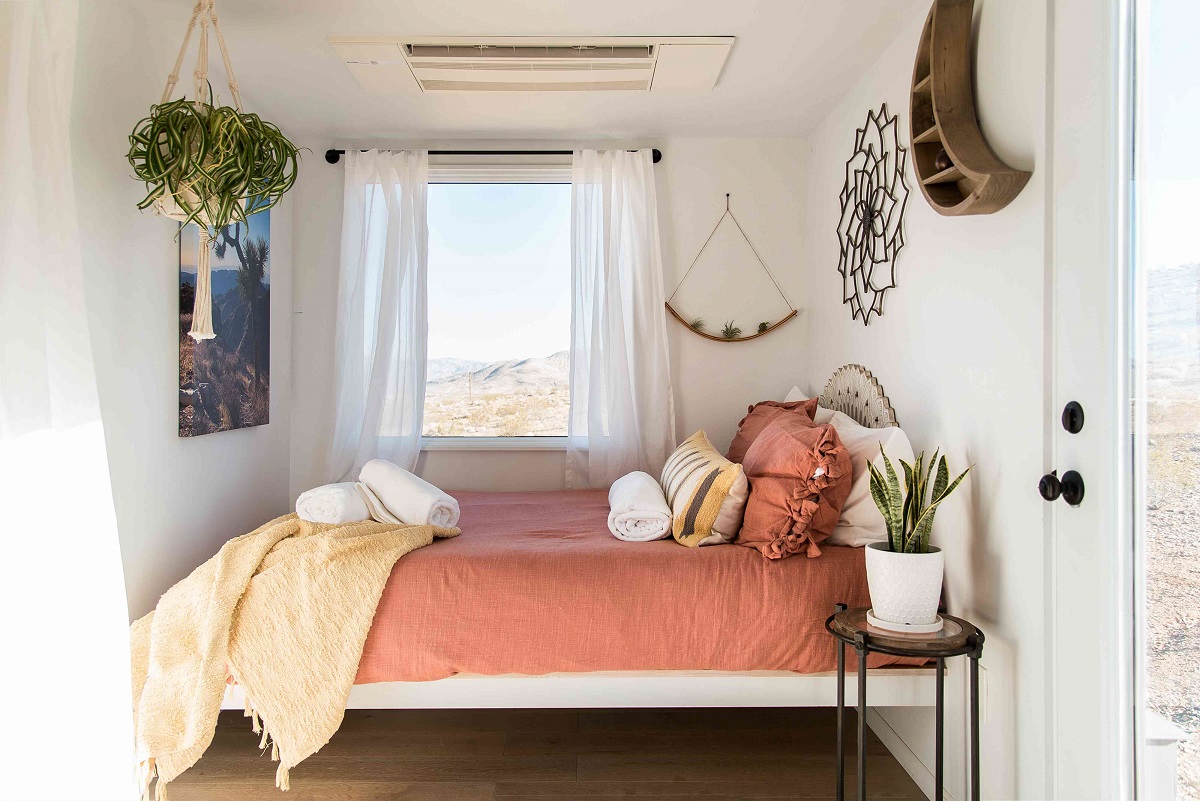

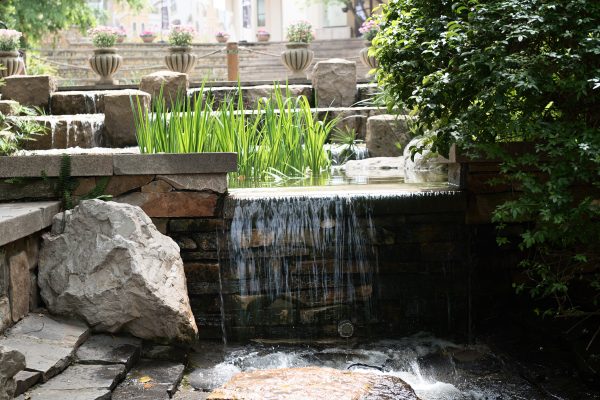
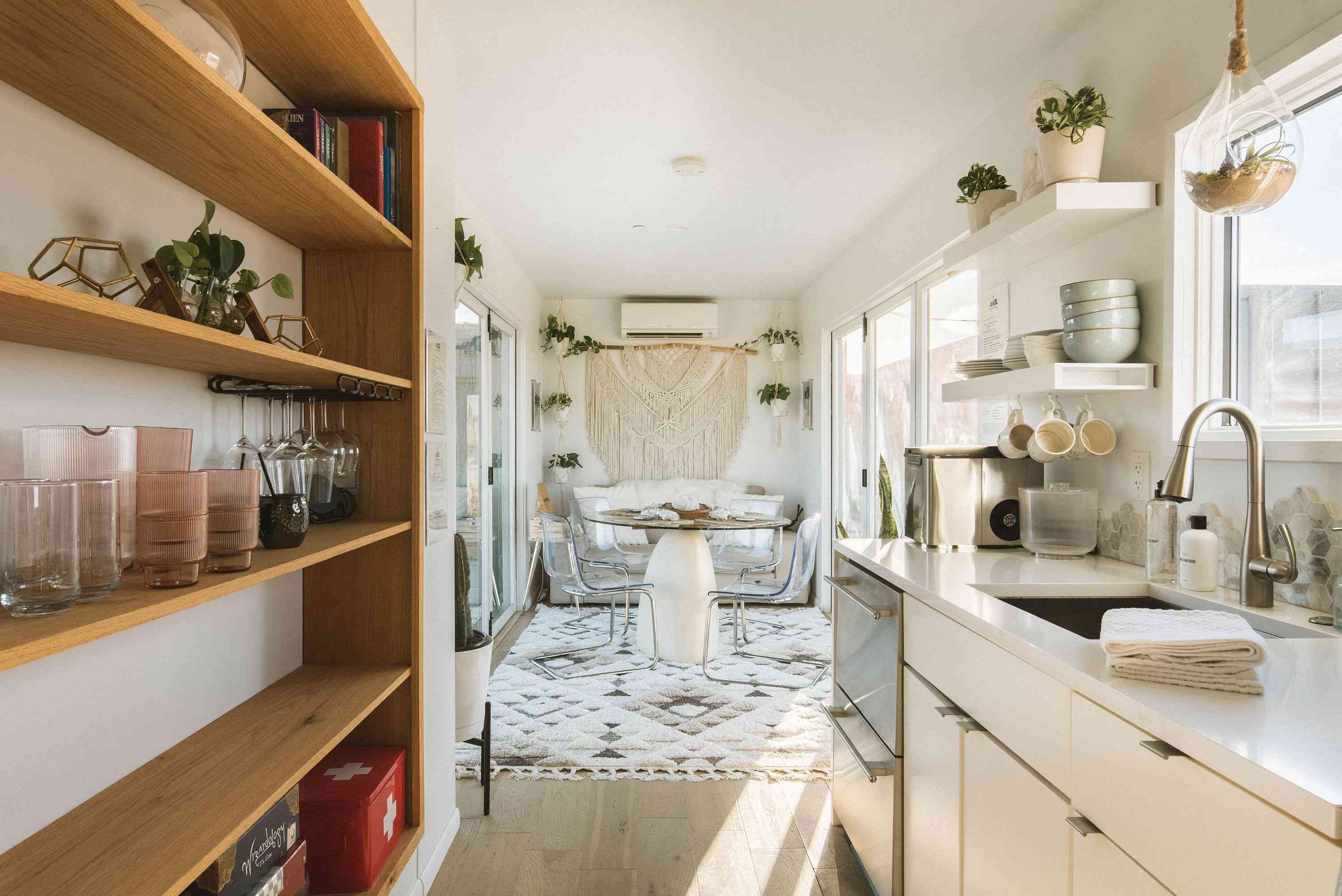
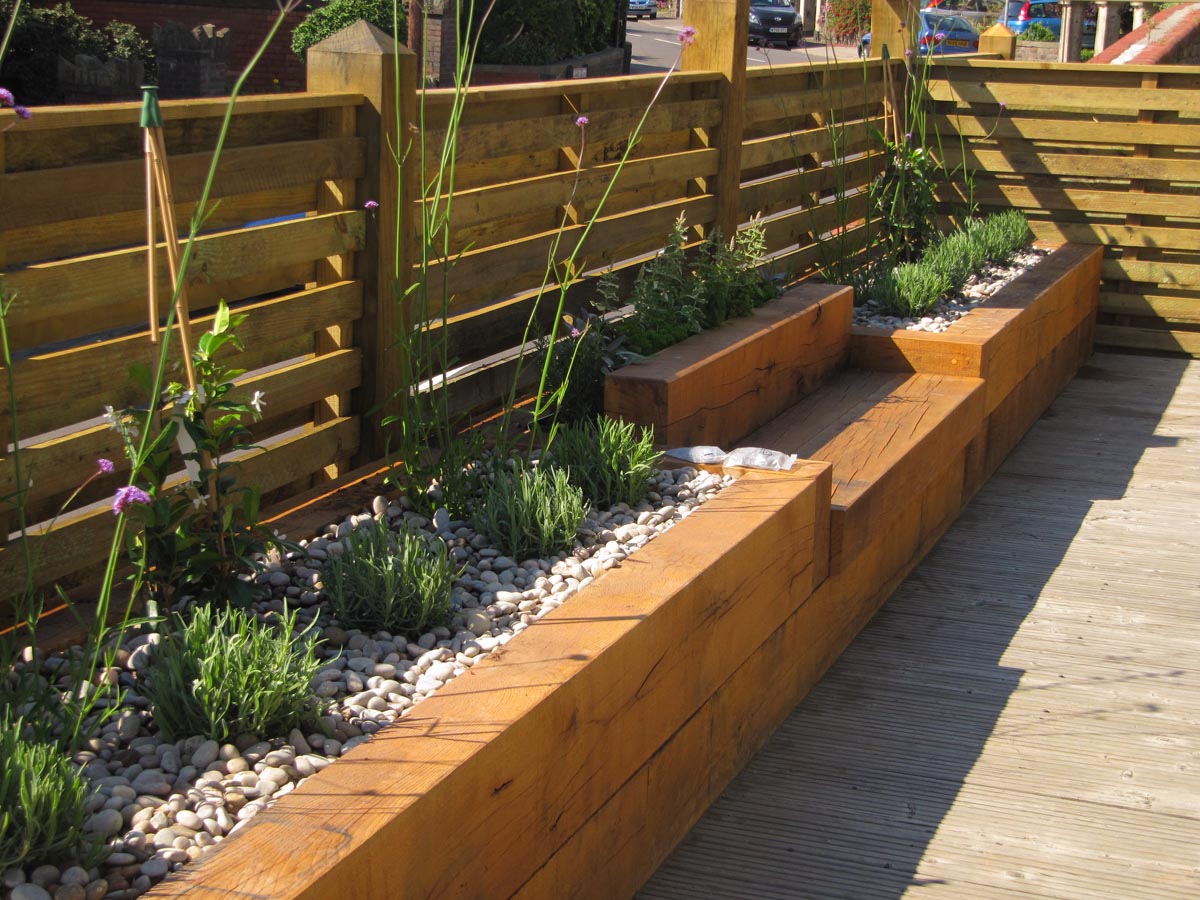

0 thoughts on “Narrow Garden Ideas: 10 Designs To Transform A Long Plot”